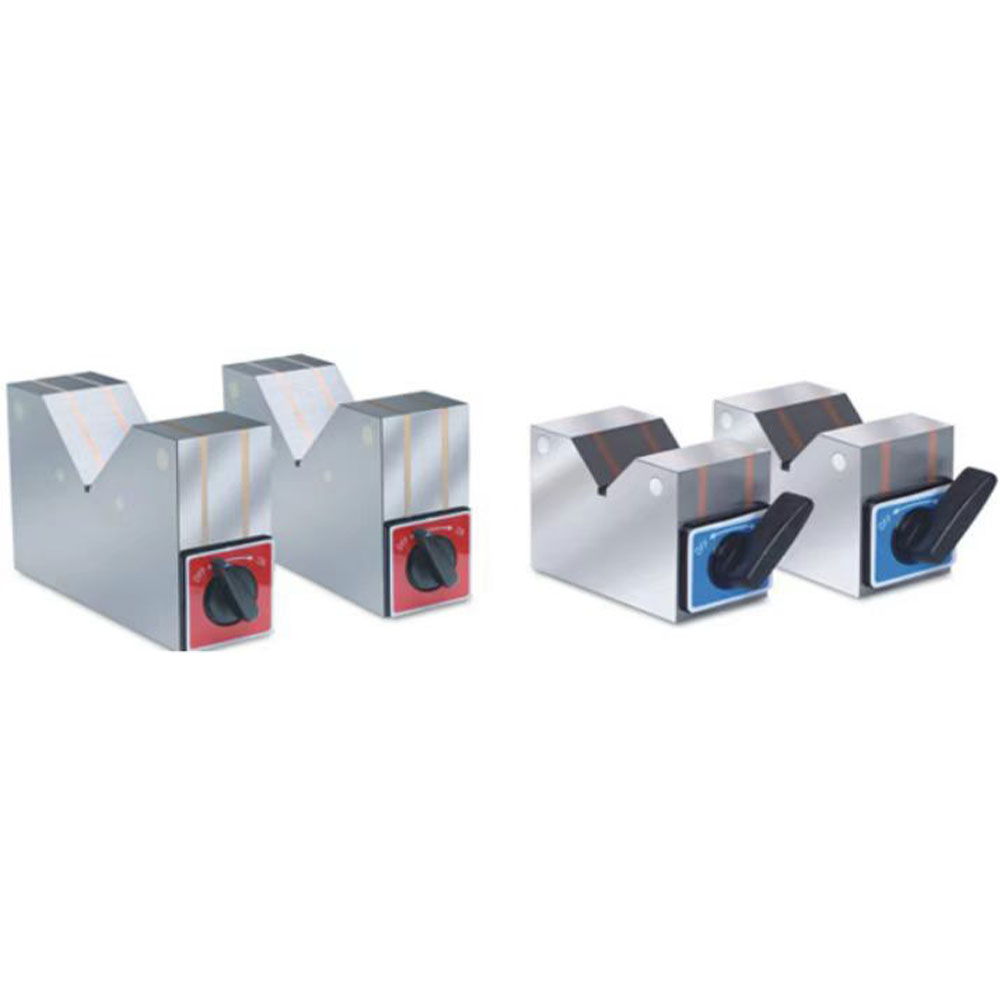Integrating electro-permanent magnets (EPMs) into robotics introduces a host of advantages that revolutionize the capabilities and performance of robotic systems.
Energy Efficiency: One of the primary advantages of integrating EPMs in robotics is their energy efficiency. Unlike traditional electromagnets that require a continuous power supply to maintain their magnetic field, EPMs consume power only during the magnetization and demagnetization processes.
Precise Control: EPMs offer precise control over the generated magnetic field, enabling robots to manipulate objects with unparalleled accuracy. The ability to modulate the strength and orientation of the magnetic field allows for precise positioning and alignment of objects during assembly, pick-and-place operations, and other manipulation tasks.
Fast Response Times: Electro-permanent magnets exhibit rapid response times, making them ideal for dynamic robotic environments where quick adjustments are necessary. The ability to switch the magnetic field on and off swiftly enables robots equipped with EPMs to adapt rapidly to changing tasks or scenarios, resulting in faster cycle times and improved overall performance.
Compact and Lightweight Design: EPMs are inherently compact and lightweight, making them well-suited for integration into robotic systems without adding significant bulk or weight. Their small form factor allows for seamless incorporation into robotic end-effectors, grippers, and other components, enhancing the agility and maneuverability of robots.
Versatility and Flexibility: The versatility of EPMs lends itself well to a wide range of robotic applications and configurations. Their ability to generate strong and stable magnetic fields with precise spatial control enables robots to perform diverse tasks with ease.
Reduced Maintenance Requirements: Compared to traditional electromagnets, which may require frequent maintenance due to wear and tear from continuous power usage and heat generation, EPMs have minimal maintenance requirements. Since they only consume power during magnetization and demagnetization processes, EPMs experience less thermal stress and are less prone to mechanical failure.
Enhanced Safety: EPMs contribute to enhanced safety in robotic operations by minimizing the risk of unexpected magnet deactivation. Their ability to maintain a stable magnetic field without continuous power reduces the likelihood of dropped objects or other safety hazards caused by sudden magnet failure. Additionally, the controlled activation and deactivation of the magnetic field help mitigate the potential for unintended attraction or repulsion between objects, further enhancing safety in robotic environments.
Integration with Sensing Technologies: EPMs can be seamlessly integrated with sensing technologies to enable advanced functionalities in robotic systems. By incorporating sensors such as Hall effect sensors or magnetic encoders, robots equipped with EPMs can precisely monitor the position, orientation, and strength of the magnetic field in real-time.
- Home
- About Us
- Product
- PMSC Super permanent magnetic chuck
- PML Permanent magnet lifter
- PTK Vacuum chuck
- PTM Electric permanent magnetic chuck
- PTSM Injection molding machine rapid die change
- PMCC Permanent magnetic chuck
- Magnetic base
- PMC Magnetic drum sewage processor
- PML Tapping machine suction cup base
- ETM Electric tapping machine
- Drill sharpeners
- Milling cutter sharpeners
- Tapping and grinding machines
- Magnetic rods
- Magnetic V-blocks
- Magnetically conductive blocks
- Hand-pushed iron removal vehicles
- News
- Contact Us
 +86-574-65803327 / +86-574-65927988
+86-574-65803327 / +86-574-65927988 weihui@nbwhcy.com
weihui@nbwhcy.com


 Español
Español 简体中文
简体中文












